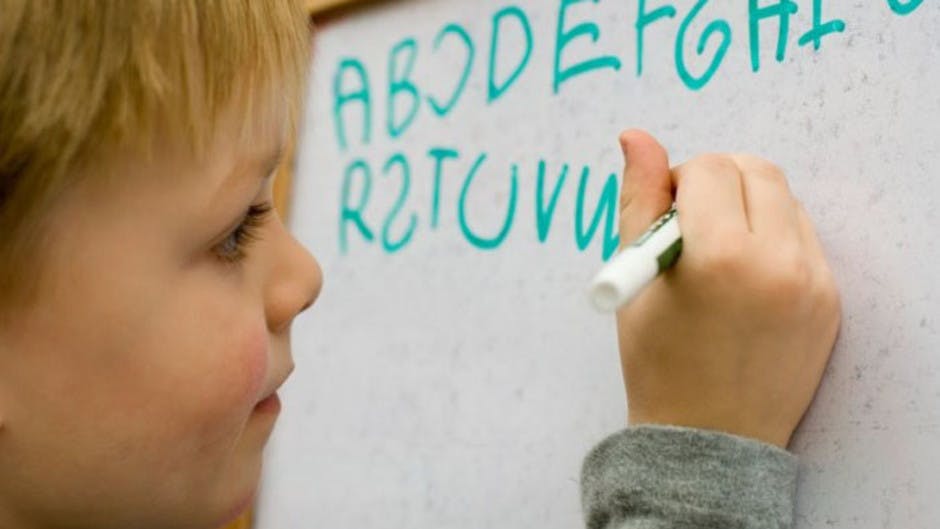


5 Tips to Improve Your Child's Handwriting

Reading Eggs includes hundreds of printable worksheets where children can practise essential reading and writing skills at home. Free trial
Writing isn't just about vocabulary, grammar and spelling – there's also the practical aspect that may seem easy to adults, but is part of the learning process for beginners. Some of the best ways you can improve your child's handwriting include:
1. Get a grip
Writing is made that much harder if you don't have the correct grip. Your child's hand may fatigue easily if they are holding their pencil the wrong way. Make sure you demonstrate to them how a pencil should be held. If your child is struggling, one of those slide‑on pencil grips can help them get the hang of it.
2. Take your time when writing
Is the eraser at the end of your child's pencil almost worn out? They may be making mistakes because they're trying to write too fast. If they are just getting used to writing and spelling, let them know that they can take their time.
3. Take the pressure off
Holding down a pencil too hard can make it harder to write, especially cursive. Tell your child to gently press down the pencil so they aren't tearing through the page!
4. Draw and play games to improve handwriting
Any activity where your child can practise manipulating a pencil will help improve their writing skills. This is also a great way to motivate children who refuse or are intimidated by handwriting. Drawing fun pictures or playing games of their choosing is a great way to build their pencil skills without tension.
If you’re stuck for ideas, there are hundreds of printables to choose from, to help with handwriting and pencil skills. Playing word games like Hangman is a fun way to get children to write (and draw) also.
5. Focus on the problem
Is your child having trouble with letter formation? Is their handwriting too large or too small? Are they forgetting to put spaces between words? Or are they not writing in straight lines? These are some of the more common difficulties children have with handwriting, so make sure you identify any of these problems before they become a habit.
Try Reading Eggs for free!
Reading Eggs features highly engaging lessons, games, activities and rewards that help children learn to read and write. The program also includes hundreds of printable worksheets where children can practise essential reading and handwriting skills at home.


